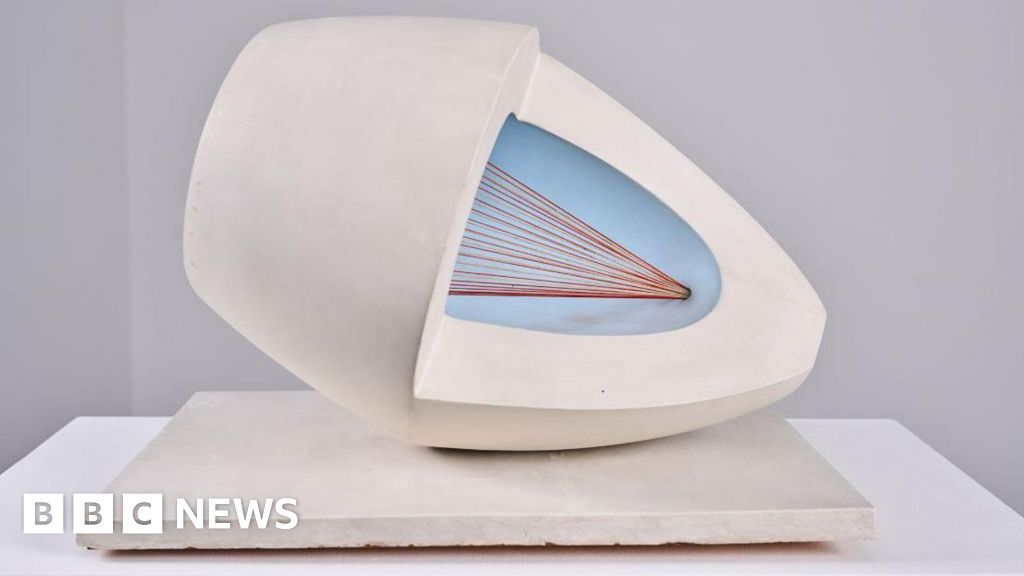- Headlines
Macron and Merz: Europe must arm itself in an unstable world
时间:2010-12-5 17:23:32 作者:Housing 来源:Earth 查看: 评论:0内容摘要:said the products pose a risk when swallowed because they may interfere with healthy gut bacteria that are critical to digestion, immunity and other key bodily functions. He also referenced studies showing possible associations between excess fluoride intake and other problems,said the products pose a risk when swallowed because they may interfere with healthy gut bacteria that are critical to digestion, immunity and other key bodily functions. He also referenced studies showing possible associations between excess fluoride intake and other problems,
So she turned it into a little “phone room” for herself. “It seemed like the perfect size and place to escape, with some privacy to make a call.”Clara Jung of Banner Day Interiors worked with clients on a San Francisco ranch house that’s full of big, airy spaces. But nudge the secret panel in the living room bookcase and you’ll find a cozy, color-saturated, album-lined music den. There’s a vintage wood bar and a sprawl-worthy crimson rug.

“The homeowners are avid LP collectors,” she says, “and the husband’s a musician.”Jung was ready to install a door when the clients suggested creating the secret entrance instead. “We loved the idea!” she says. “It’s the perfect escape for an audiophile.”Maybe that’s the new decorating rule: Create your own “perfect escape.”

New York-based writer Kim Cook covers design and decor topics regularly for The Associated Press. Follow her on Instagram at @kimcookhome.For more AP Lifestyles stories, go to

HONG KONG (AP) — Chinese students studying in the U.S. are scrambling to figure out their futures after Secretary of State Marco Rubio announced Wednesday that
The U.S. will begin revoking the visas of some Chinese students, including those studying in “critical fields” and “those with connections to the Chinese Communist Party,” according to the announcement.This image shows an exterior view of the Manoa Heritage Center in Honolulu, founded in 1996 by Sam and Mary Cooke in 1996. (Kristina Linnea Garcia via AP)
Manoa Heritage Center, created in 1996 by Sam and Mary Cooke, hopes to survive by making the transition from historic home to house museum.Built in 1911 by architects Walter Emory and Marshall Webb in a half-timbered style that harks back to Tudor England, the home has a basalt rock foundation. The property also has an educational center, several gardens, and the last extant agricultural heiau in the area.
The heiau, a stone platform and traditional place of worship, sat in “benign neglect” for over 100 years, says Jenny Leung, the center’s cultural site manager. Stones fell into weeds. Rubber trees and night-blooming cereus grew in the cracks. Center staff worked with the Hawaii State Historic Preservation office on an archeological survey before removing foliage and restacking the stones.Now, the heiau and gardens are open to visitors, more than half of whom are local schoolchildren, says Leung.
- 最近更新
- 2025-07-07 02:42:55Israeli soldiers ‘ordered’ to shoot unarmed Gaza aid seekers: Report
- 2025-07-07 02:42:55Disney makes hundreds more layoffs as it cuts costs
- 2025-07-07 02:42:55What Merz wants from Trump showdown meeting
- 2025-07-07 02:42:55Museum closes for a day due to a lack of volunteers
- 2025-07-07 02:42:55Are the surprise airfield attacks a turning point for Ukraine?
- 2025-07-07 02:42:55Can the US afford to lose its 1.1 million international students?
- 2025-07-07 02:42:55Markets rally after Starmer says Reeves to remain chancellor and backs fiscal rules
- 2025-07-07 02:42:55China says US has 'severely violated' tariffs truce
- 热门排行
- 2025-07-07 02:42:55AIRROBO Smart Pool Robot Vacuum$370$600Save $230with coupon
- 2025-07-07 02:42:55Britain cannot afford to scare foreign residents away
- 2025-07-07 02:42:55Pink Grapefruit-Tarragon Sorbet Pops
- 2025-07-07 02:42:55watchdog report on his Signal use
- 2025-07-07 02:42:55Cordless 8-in-1 Lightweight Stick Vacuum$90$140Save $50with coupon
- 2025-07-07 02:42:55Willie Nelson's 90th birthday
- 2025-07-07 02:42:55Zuppa di fave e finocchio (Broad bean and Fennel Soup)
- 2025-07-07 02:42:55Gallery raising £3.8m for Hepworth 'masterpiece'
- 友情链接
- Dozens killed in Russian attacks on Ukraine, Dnipro worst hit Cuomo vs Mamdani: New York mayoral race showcases Democratic rift As Israel-Iran war escalates, Ukraine fears ‘more losses’ to Russia OpenAI and Jony Ive accused of trying to ‘bury’ rival start-up As Israel-Iran war escalates, Ukraine fears ‘more losses’ to Russia England beat India in thrilling first Test finale Dozens killed in Russian attacks on Ukraine, Dnipro worst hit As Israel-Iran war escalates, Ukraine fears ‘more losses’ to Russia US judge allows company to train AI using copyrighted literary materials Smash hits: nine Londoners’ favourite public courts US sanctions alleged leader of Venezuelan gang Tren de Aragua Palestine Action supporters protest against UK ban OpenAI and Jony Ive accused of trying to ‘bury’ rival start-up Qatar PM: Iran strike inflicted ‘scar’ on relations Russia-Ukraine war: List of key events, day 1,216 US-Israel-Iran conflict: List of key events, June 24, 2025 Is the 12-day Israel-Iran war really over – and who gained what? Is the 12-day Israel-Iran war really over – and who gained what? Trump: no ‘regime change’ in Iran, urges calm after strikes US-Israel-Iran conflict: List of key events, June 24, 2025 Kyiv man survives ‘massive’ Russian air strike US sanctions alleged leader of Venezuelan gang Tren de Aragua ‘It’s not peace – it’s a pause’: Iranians sceptical ceasefire will hold As Israel-Iran war escalates, Ukraine fears ‘more losses’ to Russia UK to ban Palestine Action, police clash with group’s supporters in London Georgian opposition figure Giorgi Vashadze jailed in widening crackdown Rishabh Pant, KL Rahul centuries set up epic England run chase on day five ‘Quality is key’: Delphine Arnault opens a new chapter at LVMH’s Dior US sanctions alleged leader of Venezuelan gang Tren de Aragua UK to ban Palestine Action, police clash with group’s supporters in London
